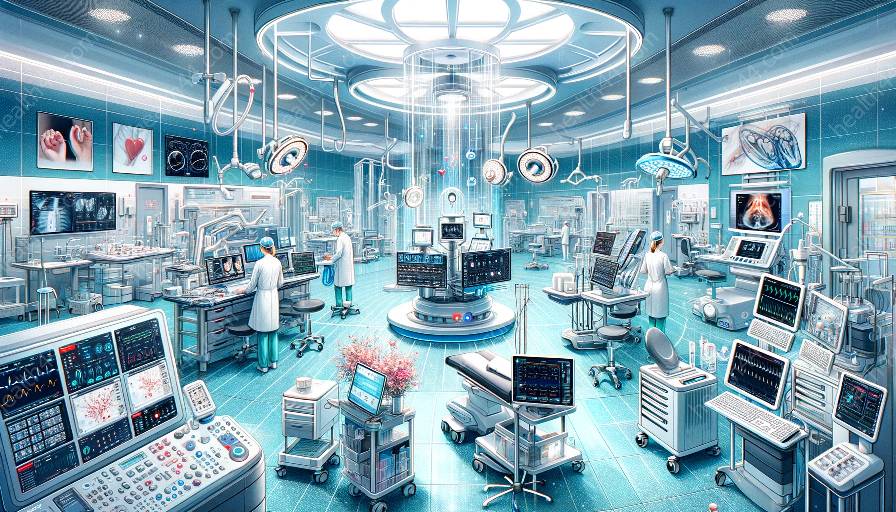Introduction
What are Biomaterials?
Biomaterials are substances that have been engineered to interact with biological systems for medical purposes. These materials are commonly used in medical devices and implants with the goal of replacing or repairing damaged tissues or organs.
Potential Risks and Side Effects
While biomaterials offer significant advancements in medical treatments, there are potential risks and side effects associated with their use. It's important for both medical professionals and patients to understand these risks to make informed decisions about medical interventions involving biomaterials.
1. Inflammatory Responses
When biomaterials are introduced into the body, they can trigger inflammatory responses. This can lead to localized swelling, redness, and discomfort. In some cases, chronic inflammation may occur, which can interfere with the healing process and ultimately impact the functionality of the biomaterial.
2. Infection
Biomaterials can serve as a potential site for infection. Bacteria and other pathogens may adhere to the surface of the biomaterial, leading to localized or systemic infection. This risk is particularly significant in invasive medical devices and implants that are in direct contact with bodily fluids or tissues.
3. Allergic Reactions
Some individuals may experience allergic reactions to certain biomaterials used in medical applications. This can manifest as itching, rashes, or more severe allergic responses. Identifying and addressing potential allergens in biomaterials is crucial to prevent adverse reactions in patients.
4. Foreign Body Response
When a biomaterial is implanted in the body, it is perceived as a foreign object. The body's immune system may initiate a response to encapsulate or wall off the biomaterial. This can lead to the formation of fibrous tissue around the biomaterial, affecting its integration and functionality.
5. Mechanical Failure
Biomaterials used in medical devices are subject to mechanical stresses and environmental factors within the body. Over time, this can lead to mechanical failure, resulting in device malfunction or dislocation of implants. The risk of mechanical failure is a key consideration in the design and selection of biomaterials for medical applications.
6. Degradation
Many biomaterials are designed to biodegrade over time or be absorbed by the body. However, the degradation process can release by-products or degradation products that may cause adverse effects. Proper monitoring of degradation and biocompatibility is essential to minimize the impact on patient health.
7. Thrombosis and Hemolysis
In certain biomaterials, there is a risk of promoting blood clot formation (thrombosis) or damaging red blood cells (hemolysis). These effects can lead to serious complications, especially in devices that come into contact with blood or circulatory systems. Understanding the thrombogenic and hemolytic potential of biomaterials is critical in preventing adverse events.
Regulatory Considerations and Mitigation
Due to the potential risks associated with biomaterials, regulatory authorities impose strict requirements for the evaluation and approval of medical devices and implants. Manufacturers are required to conduct thorough biocompatibility testing, including in vitro and in vivo studies, to assess the safety and performance of biomaterials. Additionally, ongoing post-market surveillance and monitoring are essential to identify and address any adverse events related to biomaterials in medical applications.
Conclusion
In conclusion, while biomaterials have revolutionized medical treatments, it is crucial to recognize and mitigate the potential risks and side effects associated with their use in medical applications. Through rigorous testing, monitoring, and continuous innovation, the medical community can ensure the safe and effective integration of biomaterials in medical devices, ultimately benefiting patient health and quality of life.


